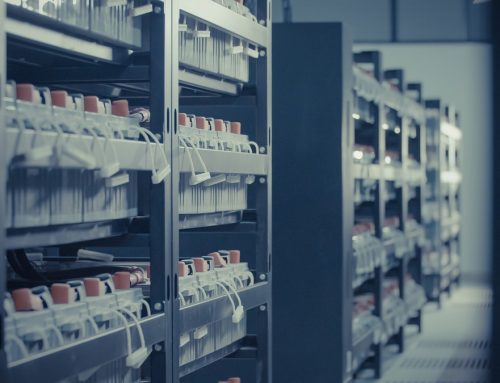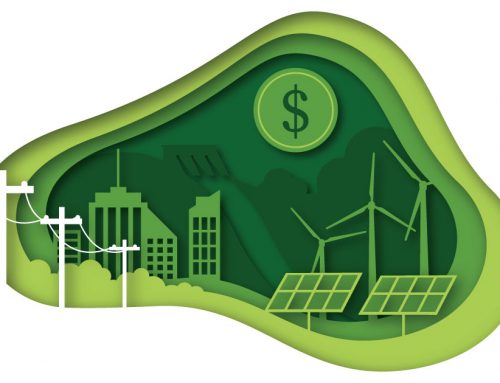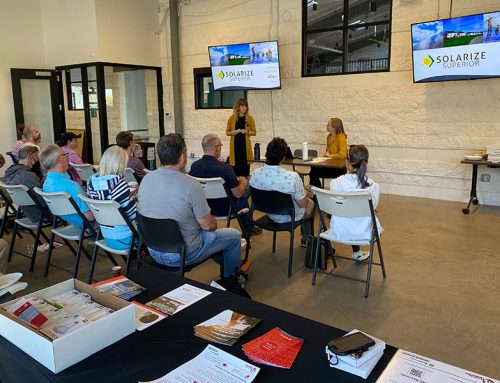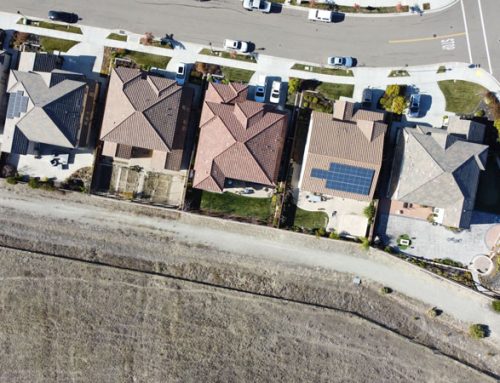A new report “The Solarize Model: A Synthesis from across the United States” from SEI discusses how the model is being employed at different scales
Paonia, CO- The year was 2009 and a group of enterprising neighbors in a Portland neighborhood knew that they wanted to be able to produce their own electricity via rooftop solar and that they had power in numbers. These neighbors leveraged their collective buying power with a solar contractor in exchange for a group discount. Hence, the “Solarize” group buy-in model was born, an empowering prototype to bring more local energy production and solar education to community members. Solar Energy International (SEI)’s outreach program, Solar Forward, spent part of the spring interviewing a diverse set of 10 different solarize programs and developing a report on the proliferation and adaptation of the group buy-in program “Solarize”. The report highlights how the grassroots solarize model is adapted at different scales based on resources, capacity, statewide climate goals, and community needs. By discussing the model with different programs across the United States, Solar Forward learned what resources and operational systems make the solarize model successful year after year for some long running programs. Read the full report, “The Solarize Model: A Synthesis From Across the United States,” here.
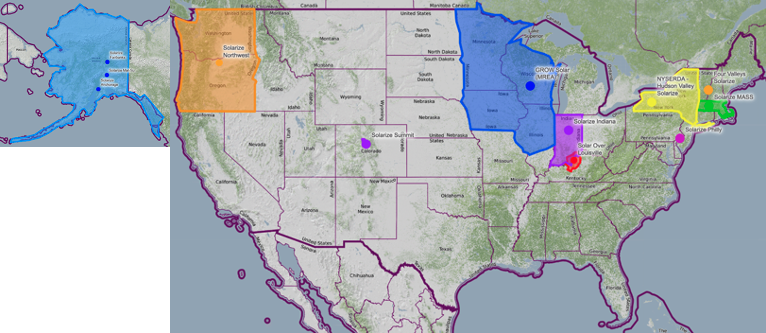
Maps of the Solarize Campaigns Interviewed Including Geographic Coverage
“One of the most engaging aspects of the conversations we held was hearing about the nuanced differences of how the model has developed in communities, and really how the model has been thoughtfully adapted for a variety of energy programs more broadly,” shared Ellen Ross, Solar Forward Program Manager and co-author of the report.
The solarize group buy-in model benefits the host community because advocates, a non-profit organization, or a government office vet and selects a solar installer and in exchange for the business generation, the selected installer provides the community with a discount in the solarize program. This market-based solution allows communities to benefit from a bulk purchase while decreasing the soft costs of lead acquisition for a vetted installer.
One of the primary goals of this endeavor was for Solar Forward to gain insights on how more communities may manage annual solarize programs after Solar Forward’s initial advising. With the urgency of the climate crisis driving innovations in technology, entrepreneurship, policy, and market incentives, Solar Forward wanted to know how the plummeting price of solar PV and the normalization of rooftop solar is being capitalized on across the country.
Here are some highlights from the report:
- The grassroots solarize model is being facilitated at the neighborhood scale up to regional, multi-state programs.
- The model ranges from highly decentralized to a top-down organizational structure.
- The market incentive of the solarize model allows communities that do not have as many top-down, state-wide incentives to still be able to implement solar for GHG mitigation.
- There is an inequity in who has the time and resources to manage campaigns. This is being addressed in thoughtful ways.
- As well as subsidizing the up-front costs of solar for low-income residents, many communities couple solarize with energy efficiency assessments and programs for weatherization
- Charging a price per watt installed or flat rate as a lead acquisition fee emerged as an opportunity for supporting the program itself or creating additional funds to support low to moderate income community members’ solar installations.
Read the full report, “The Solarize Model: A Synthesis From Across the United States”:
Contact Solar Forward for more information about this report or information about how the Solar Forward program assists communities in implementing the solarize model. Program Manager, Ellen Ross [email protected], 970-527-7657 extension 116.
About Solar Energy International: SEI was founded in 1991 as a nonprofit educational organization with the purpose of empowering students, alumni, and partners to expand a diverse, inclusive, well-trained and educated solar electricity workforce. SEI’s aim is to promote sustainable economic growth, mitigate climate change, and support energy independence.

